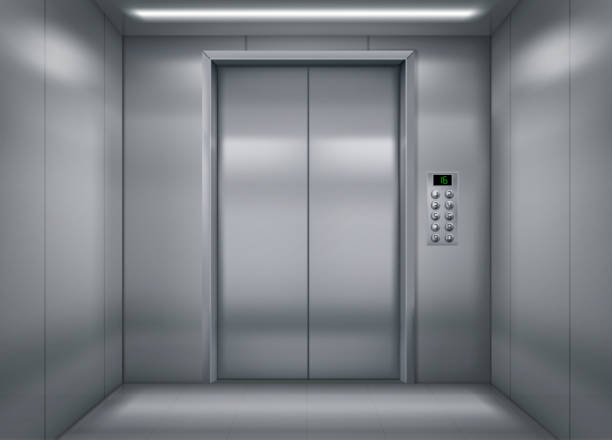Use of nickel allowed in toys

The Toy Safety Directive (2009/48/EC) sets out broad criteria for substances categorized as carcinogenic, mutagenic, or toxic for reproduction (CMR). Toys, components of toys, or micro-structurally distinct parts of toys must not contain CMR substances of category 2, unless these substances are present in concentrations equal to or less than the specified levels for the classification of mixtures containing them as CMRs, are inaccessible to children, or their usage has been authorised.
Appendix A of Annex II -Nickel
Appendix A of Annex II in the Toys Directive says that the the European Commission may authorise the use of CMR substances of category 2 in toys:
- if the use of the substance has been evaluated by the Scientific Committee and, in particular in view of exposure, was found to be safe and;
- the use of the substance is not prohibited in consumer articles under the REACH Regulation (Regulation (EC) No. 1907/2006).
Appendix A of Annex II in the Toys Directive (Directive 2009/48/EC) contains the list of CMR substances and their permitted use.
Nickel is a metal and is used in toys due to its corrosion resistance and high electrical conductivity (especially for model railways and battery contacts). As long as there are no specific rules nickel may be present in toys in a concentration equal to or less than 1%.
Electric Toys
The European Commission has decided to exempt nickel tests for electric toys. The limit value of nickel however remain unchanged, this to protect children against sensitization and ingestion toxicity.
To assess the health effects of the presence of nickel in electric toys the Commission requested advice of the Scientific Committee on Health and Environmental Risks (SCHER) on its opinion. The Scientific Committee on Health and Environmental Risks (SCHER) considered that nickel metal fumes are not released from toys, not even from badly functioning electric motors such as in model cars or railroad locomotives.
For this reason, the new Directive 2014/84/EU allowed nickel:
- in toys and toy parts in stainless steel and;
- in parts of toys for the conduction of electricity.
Find More Insights

Construction Products Regulation 2013

The lifts and safety components of lifts Directive 2014/33/EU

CETA, Trade agreement between the EU and Canada

Personal Protective Equipment (PPE) Regulation EU 2016/425

Full-service product compliance
Leave it to us.
